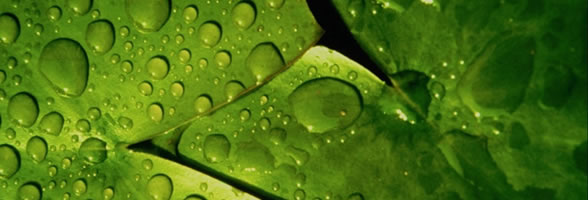
Glowworm Swarm Optimization
Communication range
The communication range of the glowworms is the upper bound to the dynamic decision domain radius of a glowworm. This parameter is used to incorporate the limitations of the communication equipment into the algorithm. The communication range affects the convergence of the glowworms. If it is too small, then it tends to isolate the glowworms thus forcing them into anemotactic or spiraling mode. When the communication range is large, as in (a), the glowworms find neighbors easily, and hence converge quickly. In Figure (a) complete convergence occurred in 244 seconds. For a small communication range limit the glowworms are forced into spiraling behavior due to the absence of neighbors as shown in Figure (b). The isolated glowworm keeps spiraling until it finds a neighbor or detects an odor patch. This results in delayed convergence, as shown in Figure (b), where complete convergence took 636 seconds. Figure (c) shows that the improvement in convergence time is rapid when communication range is small. However, once the communication range exceeds a certain limit, further increase has little effect on the algorithm performance. In the given case this happens at 6 meter communication range. This value of communication range ensures that the glowworms are not forced into anemotactic or spiraling mode due to communication range limitations, and further increase in communication range does not benefit convergence.
Glowworm trajectories for different communication ranges, rs. (a) rs = 10 m. (b) rs = 2 m. (c) Algorithm behavior with variation in communication range.
